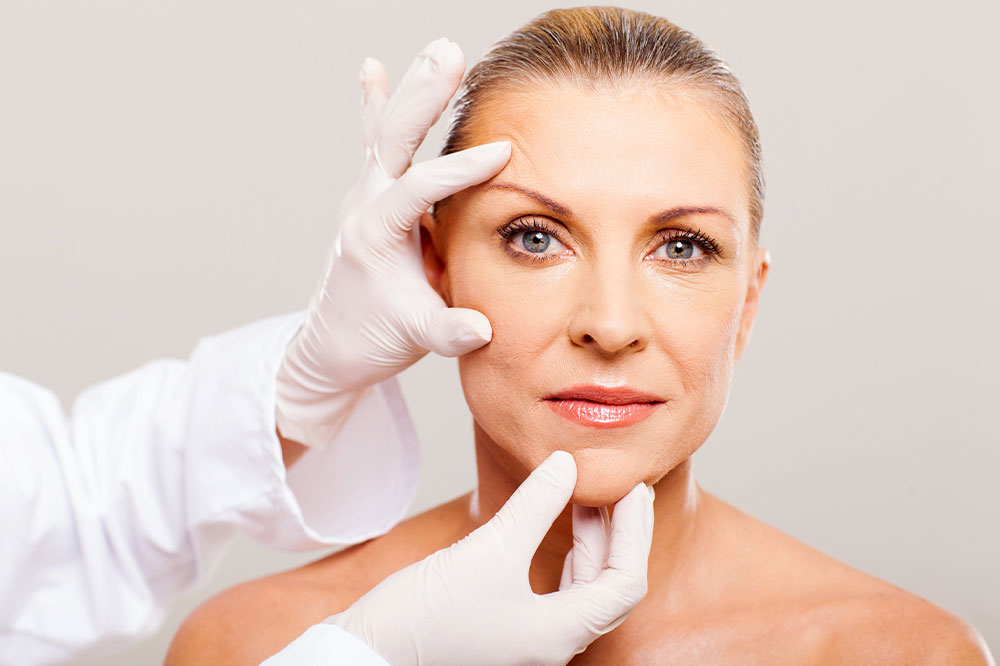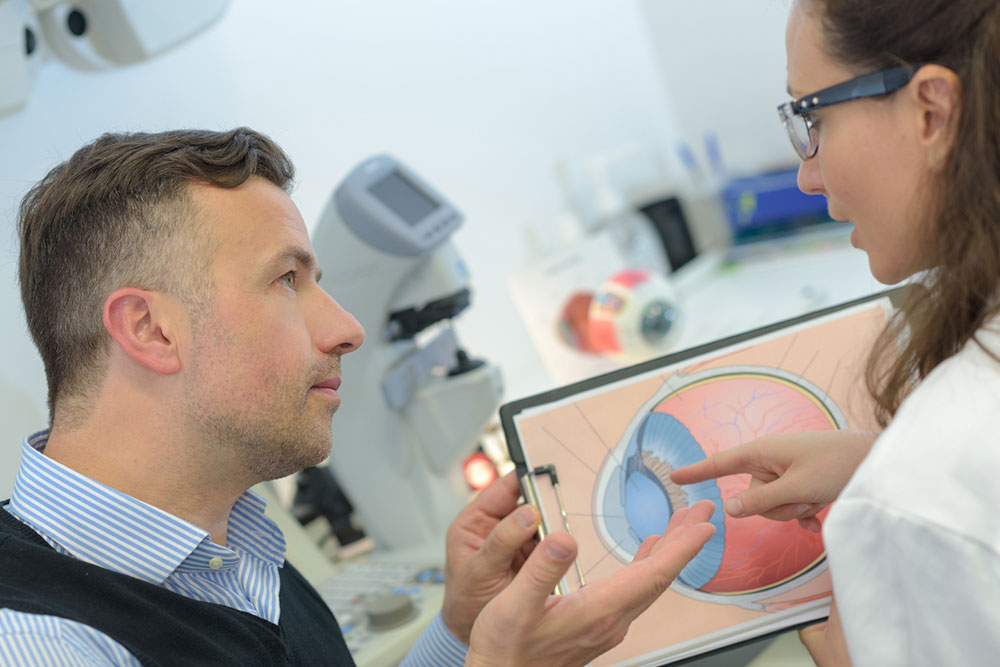Top 9 Signs of Poor Blood Circulation and Management Tips

Human bodies rely on a complex network of blood vessels to deliver oxygen, nutrients, and immune cells. This intricate blood circulatory system is crucial to maintaining our health and well-being. However, poor blood flow can impact various aspects of one’s health, and early detection and timely intervention can prevent the issue from getting complicated. Here are some early warning signs and ways to improve blood flow with simple techniques.
Dry skin
Dry patches on the skin and cracks may emerge when blood circulation is compromised, which also affects the healthy skin’s capacity to regenerate new cells. Cells depleted of oxygen and vital nutrients because of poor circulation are likelier to age earlier than necessary. Additionally, impaired blood flow can cause the skin to look pale or darkened, indicating poor oxygenation.
Hair loss
Hair follicles depend on the blood to consistently deliver nutrients and oxygen to sustain healthy hair growth. Poor blood circulation to the scalp can deprive the hair follicles of these vital nutrients, weakening the hair and eventually causing hair loss. If one notices excessive hair shedding or a significant decrease in hair thickness, it may be worth investigating the possibility of poor blood circulation.
Erectile dysfunction
In men, poor blood circulation can contribute to erectile dysfunction (ED).







